2014. August 15.
A researcher of BME is involved in analysis and processing of comet photos taken by the spacecraft of the European Space Agency.
Rosetta is a robotic space probe launched in 2004 to perform a detailed study of comet 67P/Churyumov–Gerasimenko, (editor’s note: the spacecraft’s route can be followed here). On its 6.4 billion kilometres’ route it has orbited the Sun five times. According to the information received from Gábor Kovács, research fellow of the Department of Mechatronics, Optics and Information Engineering of the University of Technology and Economics the project reached a landmark on 6 August when the space probe approached the comet to approximately 100 kilometres. Rosetta is the first spacecraft following a comet to make examinations for a long period of time and also deploys a lander to its surface.
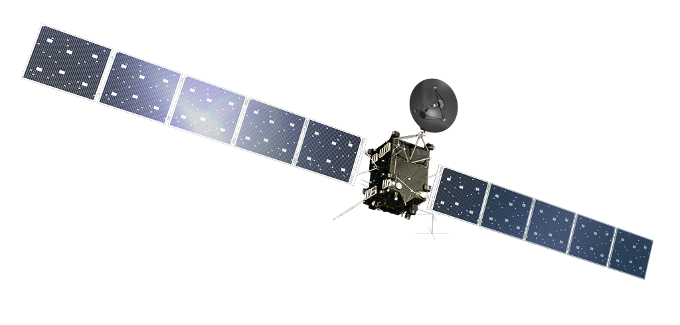
Rosetta spacecraft
The department has been in close cooperation with the Max Planck Institute for Solar System Resesearch in Gottingen for years; staff members have participated in two major projects so far: development of Rosetta and Dawn space probes (the latter examining Vesta and Ceres dwarf planets). BME researchers were involved in optical calibration of Rosetta’s cameras (together with students of opto-mechatronics) and Gábor Kovács has been working in Max Planck Institute since April in imaging tasks (analysis, processing and calibration of images received).
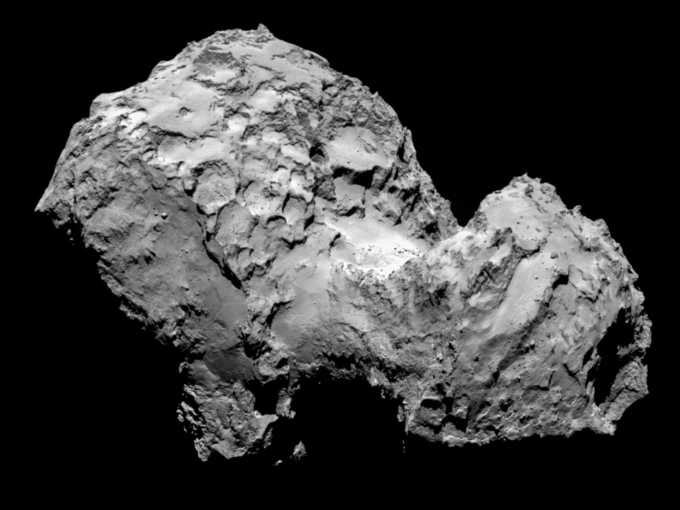
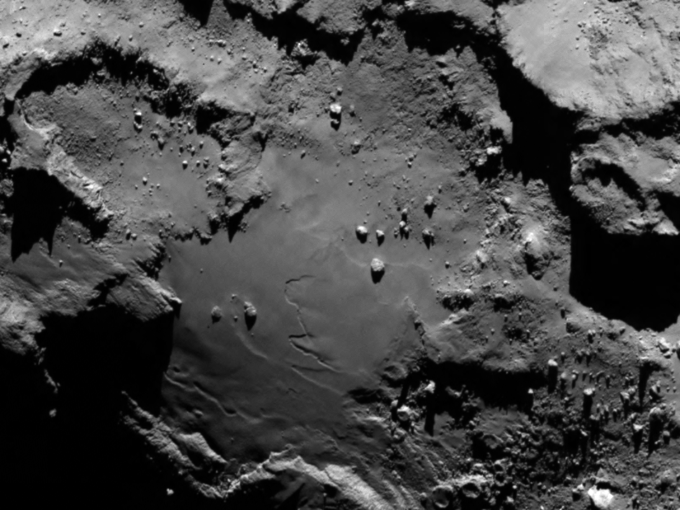
The first comet photos of the aircraft
The researcher also informed bme.hu that the spacecraft carries not only two high-resolution cameras and a spectrometer but also a landing unit, which will take measurements on the surface of the comet.
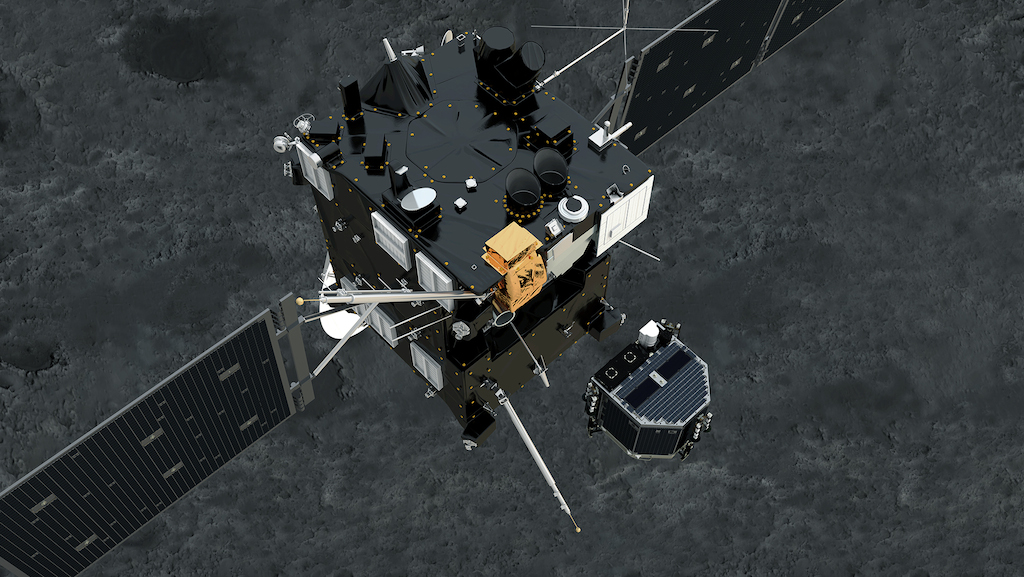
Animated image of lander Philae
Members of Space Research Group of the Department of Broadband Infocommunications and Electromagnetic Theory and researchers of the Hungarian Academy of Sciences worked in cooperation in developing the lander; space researchers of BME were involved in creating the electrical power subsystem of the lander. According to the plans Philea will land on the comet’s surface in November, therefore now the landing place is being selected and landing process is being planned, as László Csurgai Horváth, associate professor of BME Space Research Group described. (Editor’s note: bme.hu will report about the progress in details).
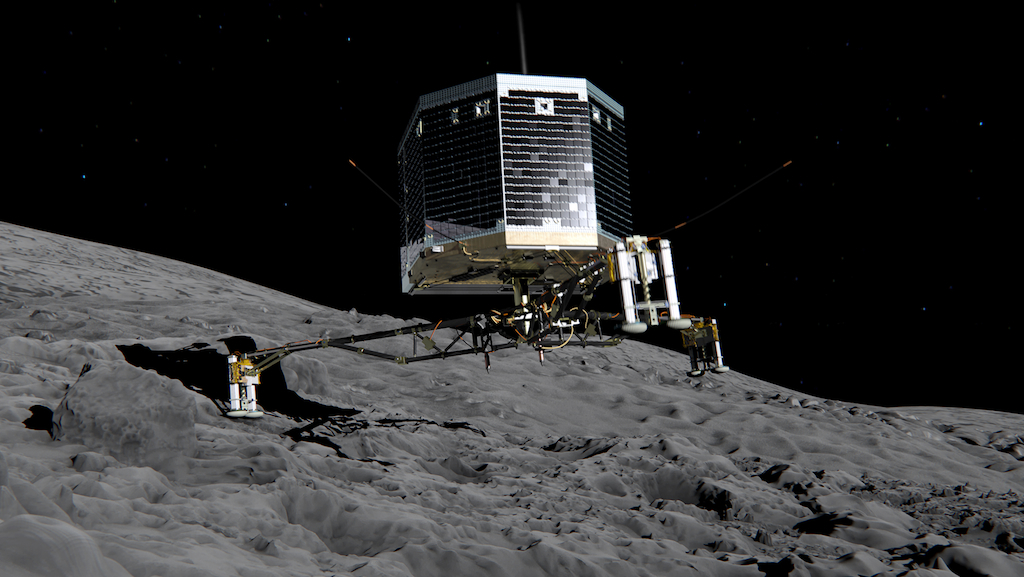
Animated image of Philae’s landing
-BK-
Photo: ESA


